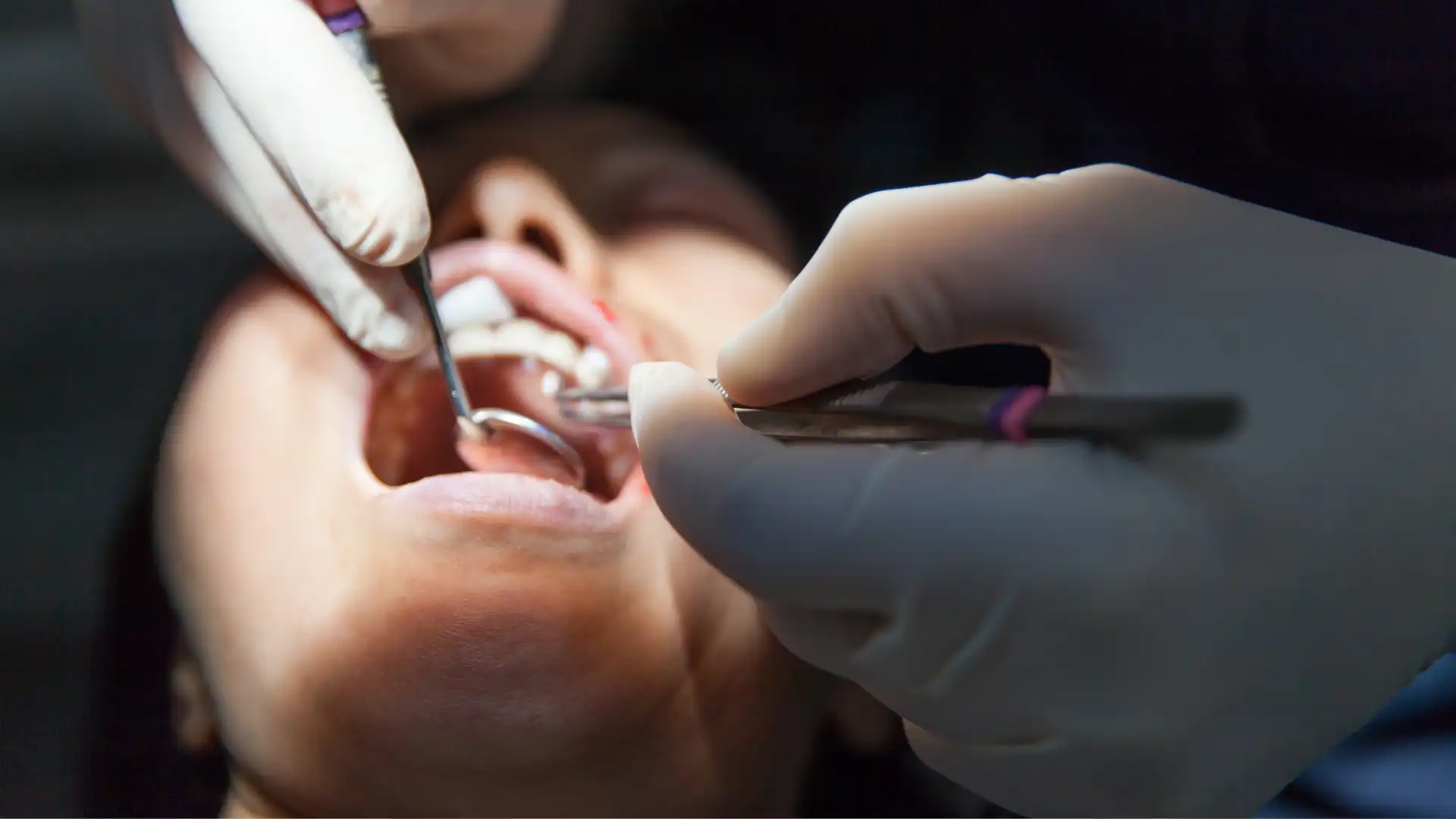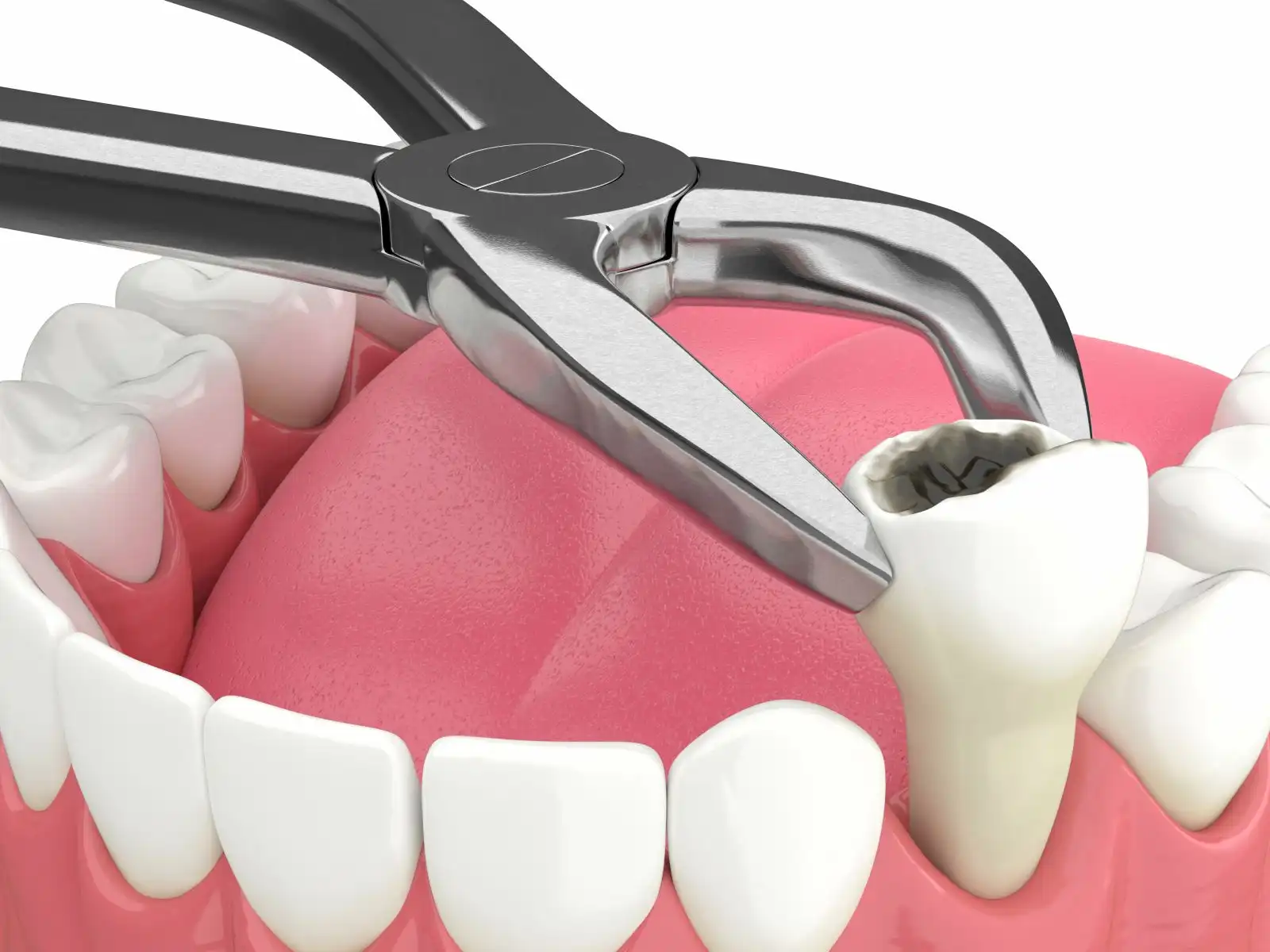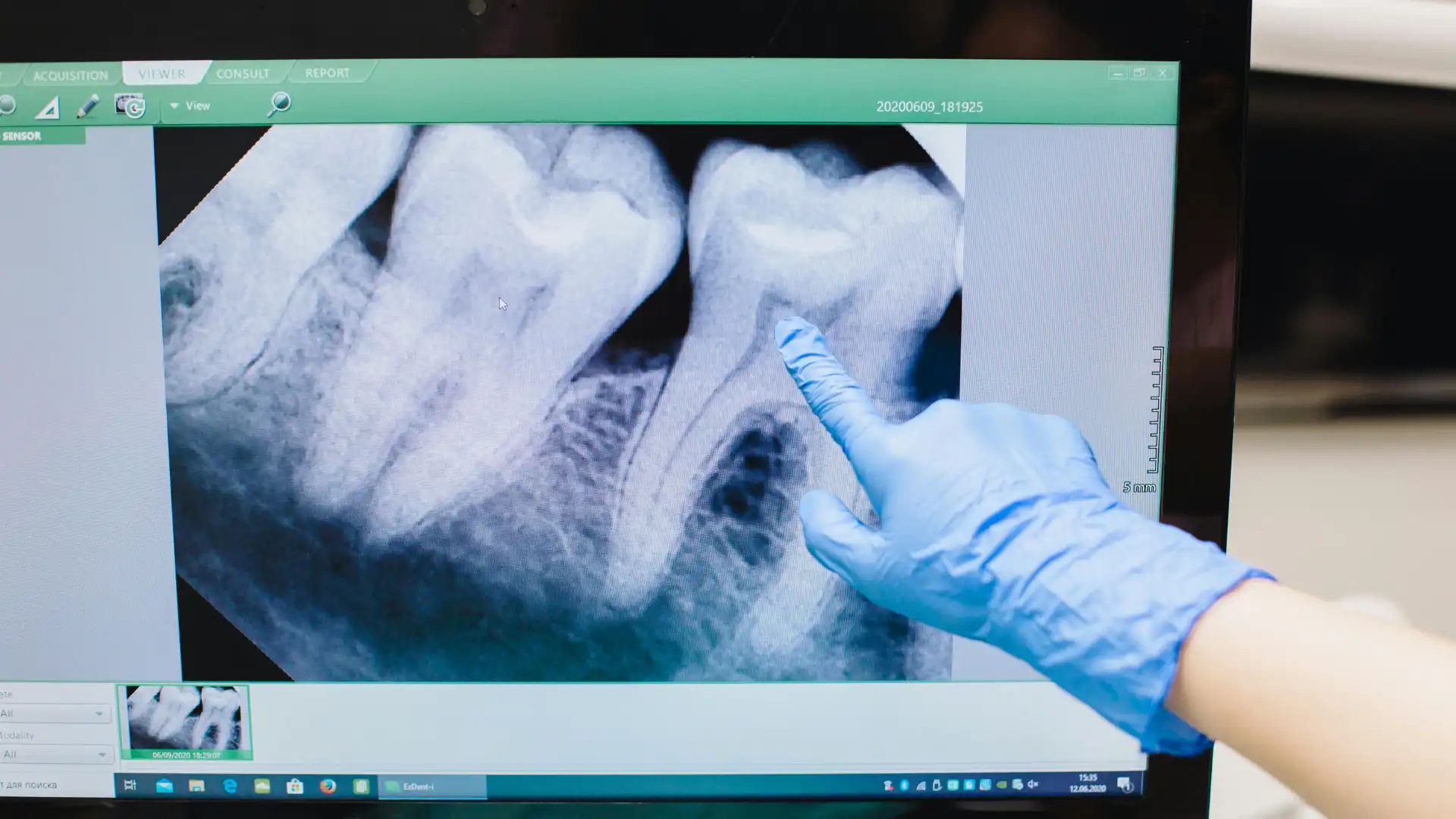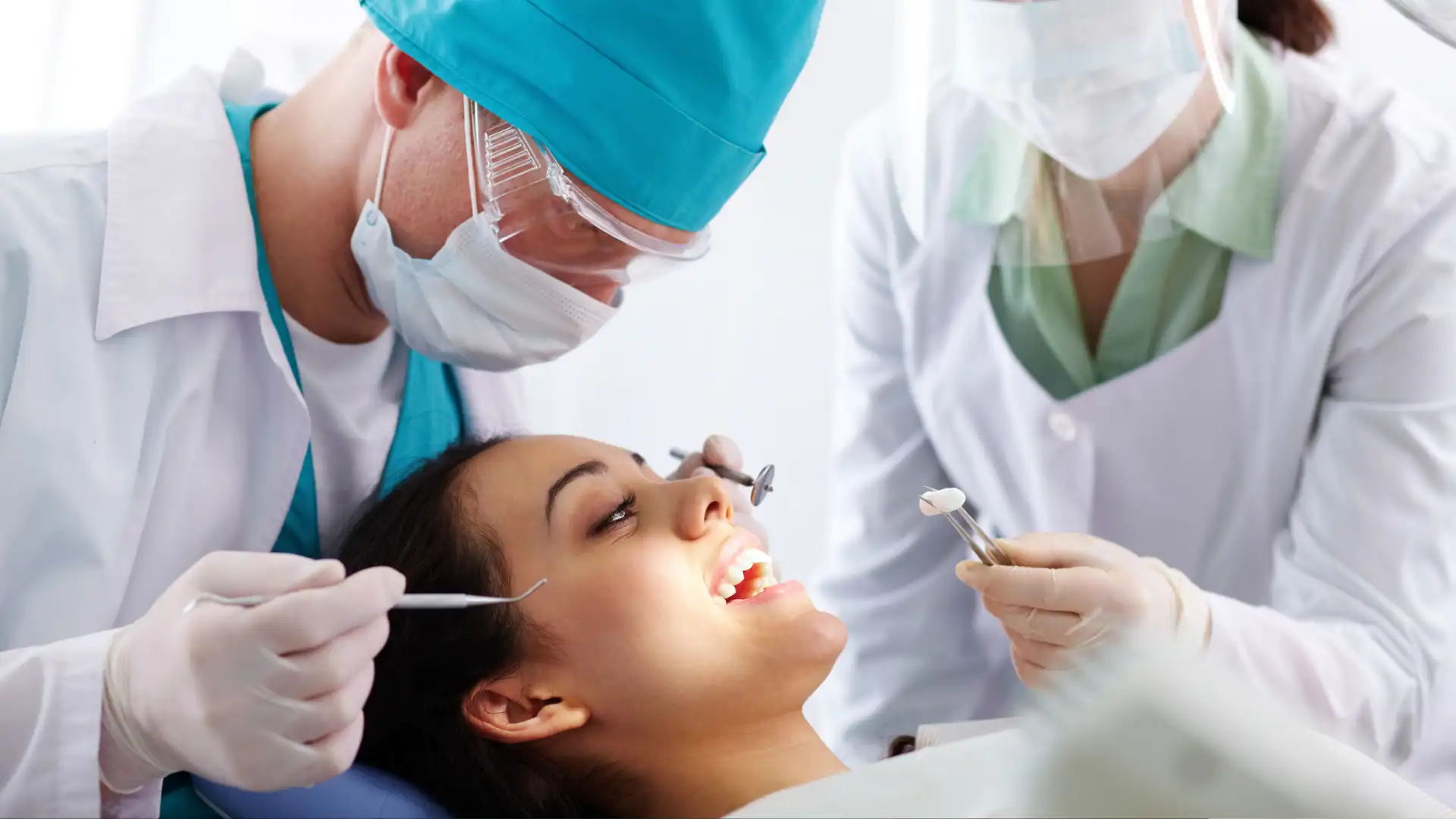
Oral Surgery
Oral Surgery – We Perform Pain-Free Procedures
In general, oral surgery deals with the diagnosis and treatment of conditions affecting the teeth, jaws, and soft tissues (salivary glands, gingiva, lips). Nowadays, however, it overlaps with many other fields of dentistry. Oral surgery therefore includes a wide range of interventions, such as:
- simple and surgical tooth and root extractions
- apicoectomy (root-end resection)
- wisdom tooth extractions
- treatment of jaw fractures and traumatic injuries
- sinus closure procedures
- treatment of oral tumors
- salivary gland diseases
- dental implant placement
Given the broad scope of oral surgery, it is no surprise that many patients require care in this field. It is important to emphasize that these treatments are carried out by highly trained and experienced specialists, who pay close attention to the patient’s comfort, pain-free experience, and overall well-being both during and after the procedure.


Tooth Extraction
Why May Tooth Extraction Be Necessary?
Extraction may be required if:
- the teeth are mobile
- there is severe periodontal inflammation
- the root is fractured and no other treatment is possible
- the crown is destroyed due to extensive caries, making filling or other restorative treatment impossible
- supernumerary teeth are present that cause aesthetic or functional problems
- teeth are impacted or malpositioned
- the tooth is hypersensitive, repeatedly inflamed, and previous attempts at preservation have failed
Tooth loss is always considered a last resort, but in many cases extraction is the only procedure that brings relief or aesthetic improvement. During extraction, patients receive special attention and complete pain relief.
Post-Extraction Instructions
- After the procedure, mild fever or even elevated temperature may occur. If needed, antipyretics or anti-inflammatory medication may be taken.
- For pain relief, we recommend taking an analgesic if necessary.
- On the day of the extraction, do not rinse the mouth, as this may dislodge the blood clot forming in the socket.
- From the following day, we recommend enhanced oral hygiene – brushing more thoroughly and frequently.
The Extraction Procedure
- Tooth extraction is always performed under anesthesia (usually local). Eating is not permitted while the anesthetic is still in effect, as accidental self-injury may occur without the patient realizing it.
- During the extraction, the patient feels no pain, only a slight pressure when the root is removed.
- After extraction, the patient is seated in the waiting room, a cold gel pack is applied to the face, and detailed instructions are given for aftercare.


Wisdom Tooth Extraction
Contrary to common belief, wisdom teeth do not always cause problems. If there is enough space for proper eruption, removal is not necessary, and in many cases they cause no pain.
Problems may arise if:
- there is insufficient space for eruption
- the teeth erupt only partially and remain partly covered by gingiva
In such cases, orthodontists may also recommend removal to prevent dental crowding. Wisdom tooth extraction is a routine oral surgical procedure that should not cause concern – there is no need to be afraid.
Potential Problems Caused by Wisdom Teeth
- Partial eruption leaves part of the tooth covered by gingiva, creating a niche where bacteria can invade, often causing serious infection.
- Lack of space may result in pressure against adjacent teeth, leading to crowding of the anterior dentition.
- Impacted wisdom teeth may cause cyst formation, which can endanger the health of neighboring teeth.
Almost everyone develops wisdom teeth, but many remain partially erupted or fully impacted and thus do not participate in chewing. The simple reason is that the human jaw often has less space than the number of teeth that form.
What Is an Apicoectomy?
If inflammation develops at the apex of a root canal–treated tooth, apicoectomy (root-end resection) may be performed as an oral surgical option to preserve the tooth. The procedure involves a small incision in the gingiva to access and remove the infected periapical bone tissue and the tip of the root.
Symptoms indicating apicoectomy may be necessary:
- severe pain around the root tip
- throbbing pain localized to the area
- swelling of the face with pulsating pain
Procedure
- Following root canal obturation, the root apex is surgically removed, along with inflamed tissue.
- The wound is sutured, and sutures are removed after about one week.
Post-Operative Care
- Mild fever or elevated temperature may occur; antipyretics or anti-inflammatory medication may be taken as needed.
- Analgesics are recommended for pain relief.
When Is Sinus Closure Necessary?
The maxillary sinus lies in the upper jaw above the posterior teeth. Sinus closure becomes necessary when the sinus cavity is opened. This may happen as a complication after the extraction of maxillary molars, creating a communication between the oral cavity and the sinus. As a result, ingested food or liquids may pass into the nasal cavity, and bacteria may enter the sinus, leading to purulent sinusitis.
Procedure:
- Small incisions are made in the gingiva at the site of extraction, and a mucoperiosteal flap is created.
- The flap is then sutured over the opening, separating the sinus from the oral cavity.
- Sutures are removed after 1–2 weeks.
If closure is not performed, ingested substances may enter the sinus, leading to infection that requires treatment by an ENT specialist.
If you have an oral surgical problem, contact a specialist oral surgeon as soon as possible.


